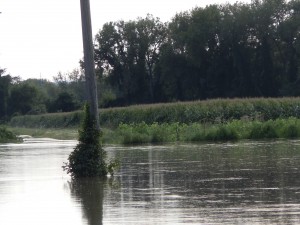How I Started on the Green Path
Someone just asked on a LinkedIn group who inspired group members to go green. I decidced my answer is worth sharing here:
For me it was a gradual process with many key moments. Here are a few:
- Age three, realizing I had some power over my environment and didn’t have to tolerate cigarette smoke in my own house. I destroyed several packs of cigarettes at a party my parents threw–their guests had left the packs lying on the coffee table.
- Age 12, feeling injustice in a much more personal and direct way: I had to pay adult price for a movie ticket but sit in the children’s section. I started a boycott of that theater, and have not been back in 42 years–even though it was my neighborhood theater until I went to college.
- 1974, doing a research project on the pros and cons of nuclear power, I discovered that there were no pros but a lot of very serious cons–and recognized that I had to be actively involved in changing this country’s energy picture.
- Beginning to read (in the late 1970s) sustainability thinkers like Amory Lovins, Hazel Henderson, Ralph Borsodi, Helen and Scott Nearing–and to learn via magazine articles some of the ugly history of car companies buying up and yanking out trolley tracks, etc.
- 1981, having an 80-something woman demonstrate to me that we could wash dishes with about 5 percent of the water I’d been using, by turning the water off, soaping them all, and turning on a small stream to rinse.
- In 1999, learning so much from my fellow organizers of Save the Mountain—and proving that we could in fact harness enough citizen energy to protect our endangered mountain range
There are many more, continuing to the present day. Going green is a process.


